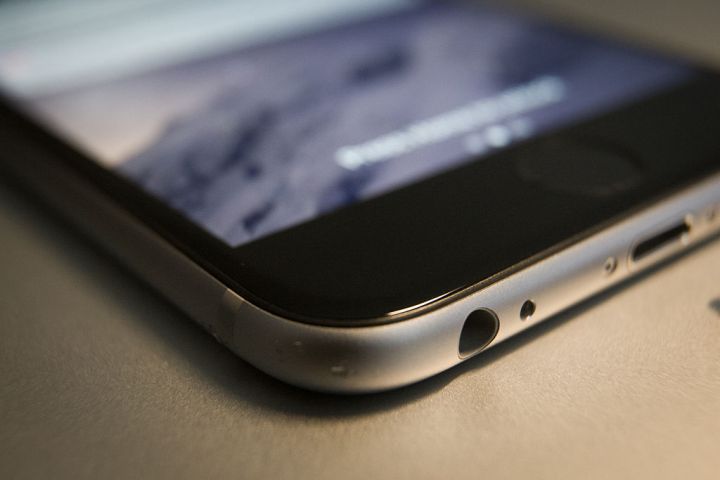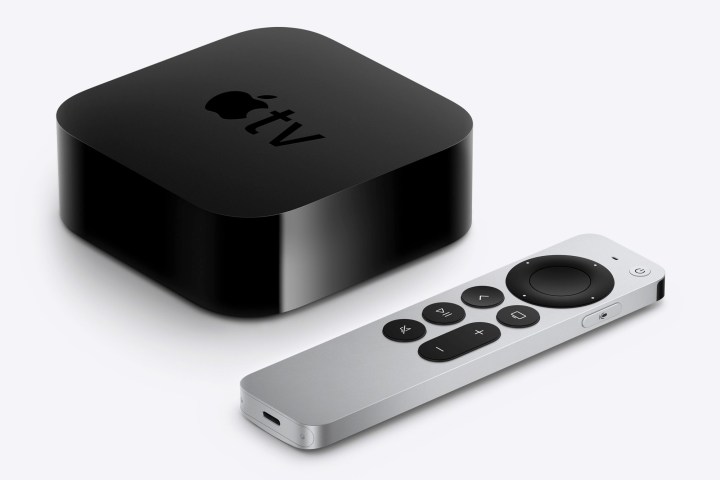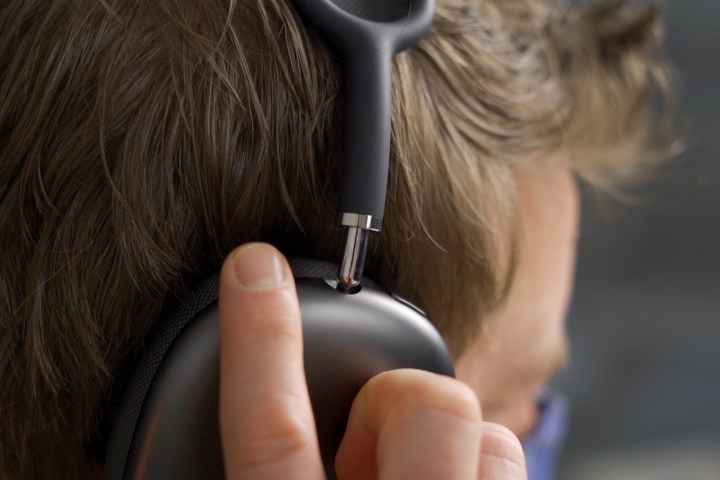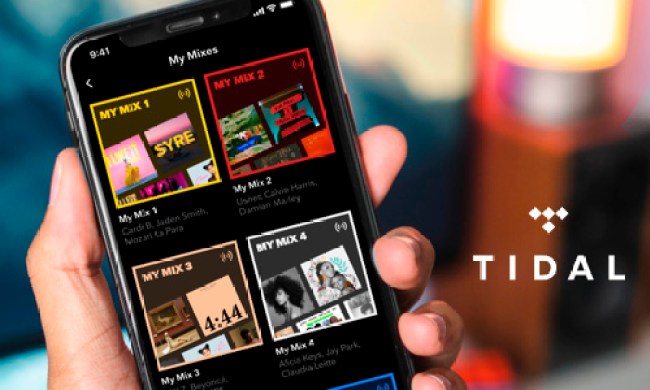In recent days, there’s been some talk of Apple launching a new lossless hi-fi audio tier for its Apple Music streaming music service. The leading evidence for such a move is a few lines of code in iOS 14.6 beta spotted by 9to5Mac. Those lines, which have since been removed, referenced “lossless” audio with the Apple Music app.
Apple certainly has competitive reasons to finally venture into the lossless audio category: Spotify, Tidal, Amazon Music, and Qobuz all offer CD-quality or better-than-CD-quality music, which leaves Apple Music as one of the last holdouts. But I can’t help feeling that Apple has boxed itself into a corner when it comes to lossless audio, and I don’t see an easy way out.
Bring back the jack?

You may recall that when Apple introduced the iPhone 7 in 2016, its senior vice president of worldwide marketing, Phil Schiller, described the decision to remove the headphone jack as courageous. Many pundits disagreed, but Apple stayed the course, and no iPhone since the iPhone 6 has come equipped with a 3.5mm jack.
And though some iPhone owners may not be thrilled with that reality, the move helped propel the AirPods and the AirPods Pro into their dominant positions in the true wireless earbuds market.
But herein lies part of Apple’s lossless audio challenge.
Wireless audio over Bluetooth requires compression. Even the latest Bluetooth version, Bluetooth 5.2, doesn’t possess enough bandwidth to stream uncompressed 16-bit, CD-quality audio. The way around this data bottleneck has been a series of evolving Bluetooth audio codecs that take the music from your phone and shrink-wrap it until it’s small enough to fit down that narrow wireless pipe.
All Bluetooth codecs need to strip away some of the detail found in high-quality digital music, but not all codecs are created equal. SBC and AAC (the only codecs that Apple currently supports) strip away a significant amount of this detail as they compress music before sending it to your wireless earbuds or headphones.
Other Bluetooth codecs like aptX HD, aptX Adaptive, LHDC, and LDAC have been designed to preserve far more of this content — enough to qualify as “hi-res” capable — but Apple has never supported them on the iPhone. That’s probably because, until recently, there was no need (from Apple’s perspective) to license these technologies.
Would Apple make the decision to start supporting higher-quality codecs? That seems unlikely. It would probably require different hardware aboard Apple’s phones and tablets, and we’re fairly certain none of Apple’s AirPods models are capable of supporting them.
Ditching the headphone jack and refusing to add high-quality Bluetooth codecs effectively means that if you want to hear lossless or hi-res audio on an iPhone today, you’ll need an app that supports these formats and — at a minimum — a Lightning-to-3.5mm adapter plus a decent set of wired headphones.
You may need a dongle

Apple’s popular AirPods and AirPods Pro are wireless only, but its AirPods Max over-ear headphones can be used with a wired connection too.
If Apple stays the course on its refusal to support high-quality Bluetooth codecs, it might have to offer a hi-res capable Lightning-to-3.5mm digital-to-analog converter (DAC).
Right now, if you want to enjoy lossless and hi-res music on an iPhone, you need an external DAC that plugs into the Lightning port. Some of these devices are relatively large — often as large as or larger than the iPhone itself — and need their own power source. But there’s an increasing number that are tiny — like the THX Onyx and Zorloo Ztella — and can leech enough power from the iPhone to deliver decent levels of volume.
As effective as these devices are (they’re a genuine upgrade for those with high-quality wired headphones or earbuds), they hardly seem like the kind of thing that Apple would want to pursue. After eliminating the headphone jack, it wouldn’t make sense for Apple to start selling a small but expensive, easily lost adapter just so you can enjoy high-quality music.
However, here’s something I can see Apple doing: Selling an upgraded version of its 1.2 meter Lightning-to-3.5mm cable that includes a very high-quality inline DAC. V-Moda already makes one: The $100 SpeakEasy Lightning Cable. $100 for a cable? That certainly sounds like something Apple would do.
It would likely be marketed to AirPods Max owners as the ultimate sound upgrade, but if it works with Apple’s cans, it will also work with any third-party headphones with a 3.5mm analog input.
What about Bluetooth LE Audio?

In 2020, the Bluetooth Special Interest Group (SIG) announced the next generation of Bluetooth audio, called Bluetooth LE Audio. LE Audio has a number of enhancements over the previous version, including a new codec called LC3.
LC3 has been designed to offer the same or better audio quality as the existing SBC codec, but the Bluetooth SIG hasn’t made any statements regarding how LC3 compares to high-quality codecs like aptX HD and LDAC or even good-quality codecs like AAC and aptX. So even if Apple has secretly added support for LE Audio in its latest iPhones, it’s unlikely that LC3 will be able to offer a high-quality alternative.
Who’s got a HomePod?

Ok, so maybe if Apple is aiming at lossless audio for Apple Music, it’s not meant for the iPhone. After all, when Amazon Music HD debuted along with its collection of Dolby Atmos Music and Sony 360 Reality Audio tracks, its hero device was the $200 Amazon Echo Studio.
The Studio, as a 3D audio smart speaker, was well suited to these high-quality sound formats because it could stream them directly over Wi-Fi, without Bluetooth from a phone getting in the way.
Apple used to have an Echo Studio competitor — the $399 Apple HomePod — which would have been the perfect lossless audio companion for Apple Music. But alas, Apple dumped the HomePod earlier in 2021 to focus its speaker energies entirely on the $99 HomePod mini, a far more affordable smart speaker that sounds good for its size but doesn’t come close to what the HomePod could deliver in terms of sound quality.
Is there a HomePod 2 on the horizon? Possibly. Apple now lets you add Deezer (including its premium hi-fi tier) to the HomePod and HomePod mini as a native music service, with full Siri integration. That could be a sign that Apple hasn’t entirely abandoned its home hi-fi aspirations.
What about Apple TV?

If you’ve got a decent soundbar or a full home theater system, an Apple TV HD — or better yet, an Apple TV 4K — is a great way to listen to music.
Apple Music is built in, and there are dozens of additional apps for other music services. If your sound system supports Dolby Atmos, the Tidal and Amazon Music HD apps for tvOS are an excellent way to listen to Dolby Atmos Music without headphones.
But even the Apple TV 4K falls a little short when it comes to lossless music. It can handle formats like FLAC, WAV, and Apple Lossless (ALAC), but these are constrained to 16-bit/48kHz. That qualifies as lossless CD quality, but it doesn’t rise to the level of hi-res audio, which is generally considered to be 24-bit/96kHz or better.
If Apple goes with a lossless tier for Apple Music, the Apple TV looks like the best playback device as long as Apple’s lossless ambitions don’t veer into hi-res territory.
The Android alternative

Say what you will about the problems of a fractured Android ecosystem or concerns over security — when it comes to supporting high-quality audio, Android phone makers have always been further ahead.
Google’s Pixel phones, coincidentally released the same year as Apple’s courageous iPhone 7, have always supported aptX, aptX HD, and LDAC.
Samsung’s Galaxy smartphones aren’t quite as prolific in their codec support — the S21 doesn’t offer aptX HD or aptX Adaptive — but LDAC is an option, as is aptX.
This means that, should Apple add a lossless tier to Apple Music, an Android phone will probably offer a higher-quality way to listen to that content wirelessly.
Never say never

Where does this leave us? I’m going to go out on a limb and say that, while the idea of Apple launching a higher-quality tier for Apple Music seems likely (because of competitive pressures if nothing else) at the moment, it doesn’t look like Apple is ready to make such a service work wirelessly over Bluetooth.
But here’s something to noodle: Apple has recently made some big bets on Ultra Wideband (UWB) technology. Its U1 chips, which transmit and receive UWB, have been used in all of the most recent iPhones and in its just-launched AirTags.
Apple seems to view UWB as mostly useful for high-precision location tracking, but UWB has an incredibly high data-rate potential of 1Gbps — more than enough for audiophile-grade hi-res audio — as long as your two UWB devices are near each other.
There’s been no indication that Apple intends on using UWB for audio, and it didn’t include the U1 chip in its AirPods Max, but the potential is definitely there.


